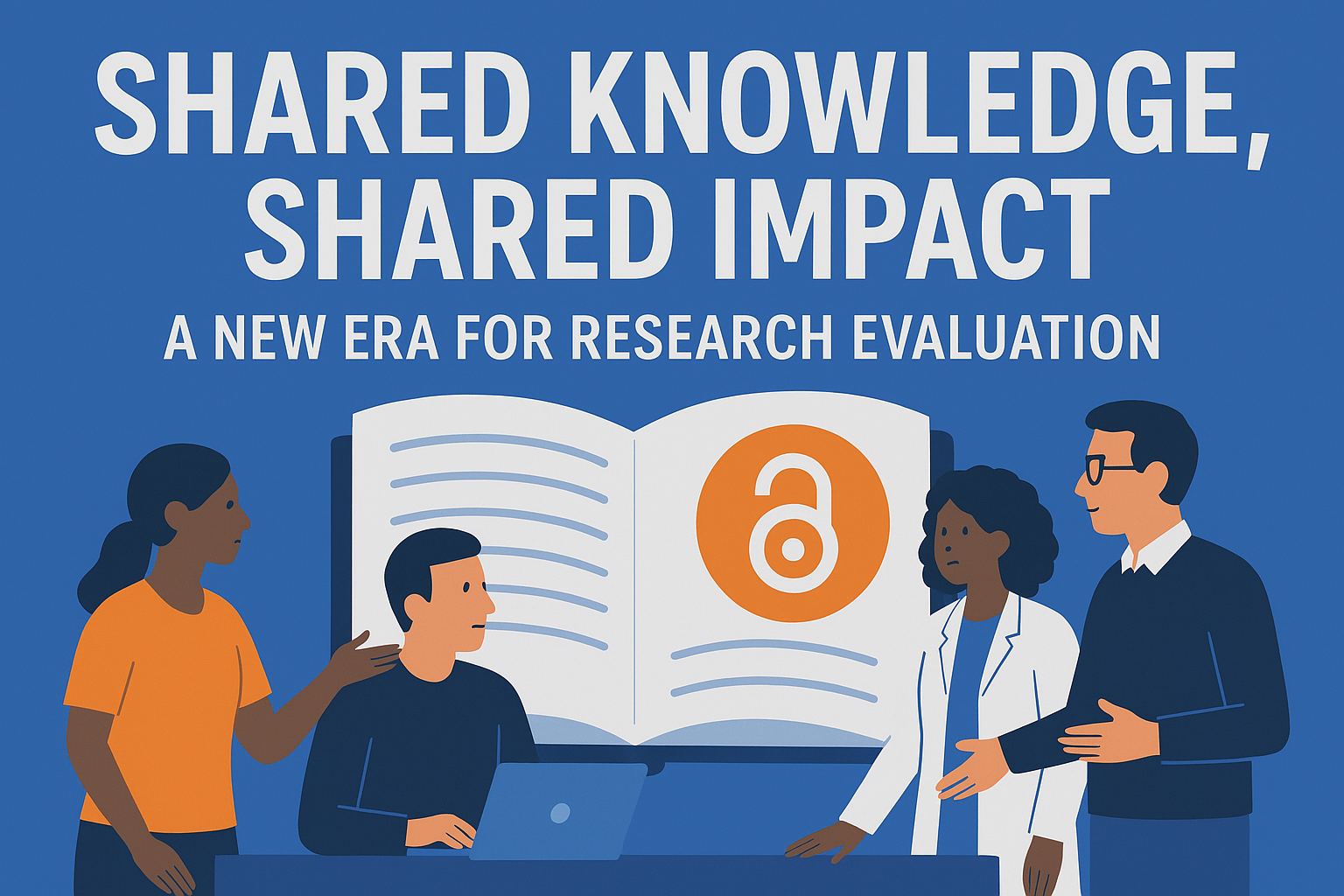Nobel Prizes to Research Communication – Creating Community Impact

Editor’s Note – October is a month when we learn about the people who did some impactful work during their lives – this is the month when Nobel Prizes are announced. In today’s research world, there are many ways in which scientists, writers, translators and researchers are judged- and it is not always using the same metric. October is also the month when we celebrate Open Access Week, with events, articles, discussions, interviews and thought-provoking takeaways.
So, here we kick off the deliberations with a few thoughts from Dr. Sunaina Singh:
Community Impact in Research
Community impact in research means effecting real change for people and systems, not just accumulating citations. The observed slowdown in disruptive science warns that when journal impact factors dominate incentives, innovation can be displaced by “citation-safe” incrementalism; as Goodhart’s Law reminds us, when a measure becomes a target, it ceases to be a good measure.
The 2025 Nobel Prize in Physiology or Medicine, awarded to Shimon Sakaguchi (with Mary Brunkow and Fred Ramsdell) for discoveries in peripheral immune tolerance, shows how challenging long-standing beliefs about immune regulation led to therapies with direct societal benefit.
And not to be left behind, the Ig Nobel prizes underscore the value of curiosity-driven and unconventional research that can reveal unconventional solutions to real-world problems and stimulate public interest, while keeping humor alive. This year, a team of Japanese researchers showed that painting cattle to resemble zebras was an effective and eco-friendly way to keep flies from pestering cattle!
Moving Beyond Traditional Metrics
An important aspect of moving beyond traditional metrics is valuing and publishing negative and null results. Journals such as BMC Research Notes and PLOS ONE welcome well-designed studies reporting negative or inconclusive outcomes, because such reports reduce wasted effort and inform better practice.
Equally important are alternative indicators of influence—policy and guideline changes, patent and technology-transfer activity, implementation outcomes in health or environmental programs, and engagement signals captured by altmetrics.
What do you think about the way research impact is measured today? Do you think impact can truly be measured? What are some challenges and opportunities you think we will face in the next decade of research communication? Chime in with your questions and engage with the Editage Insights community in our Q&A forum!







